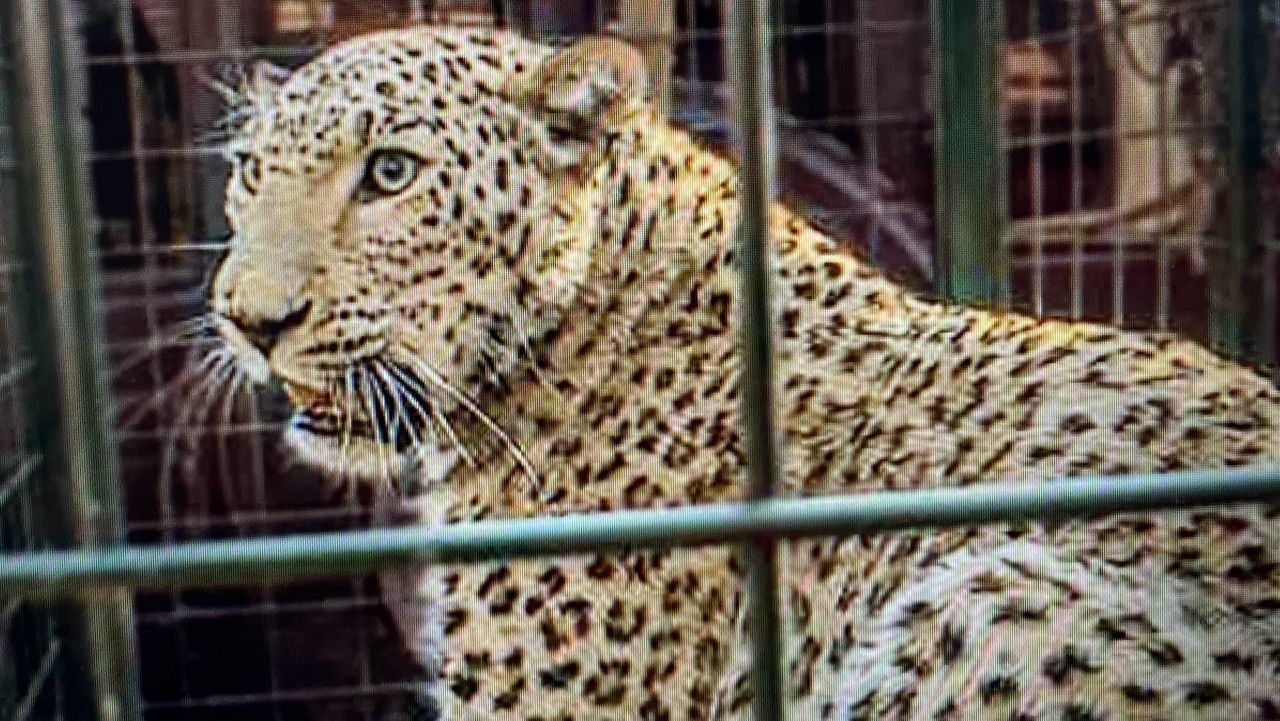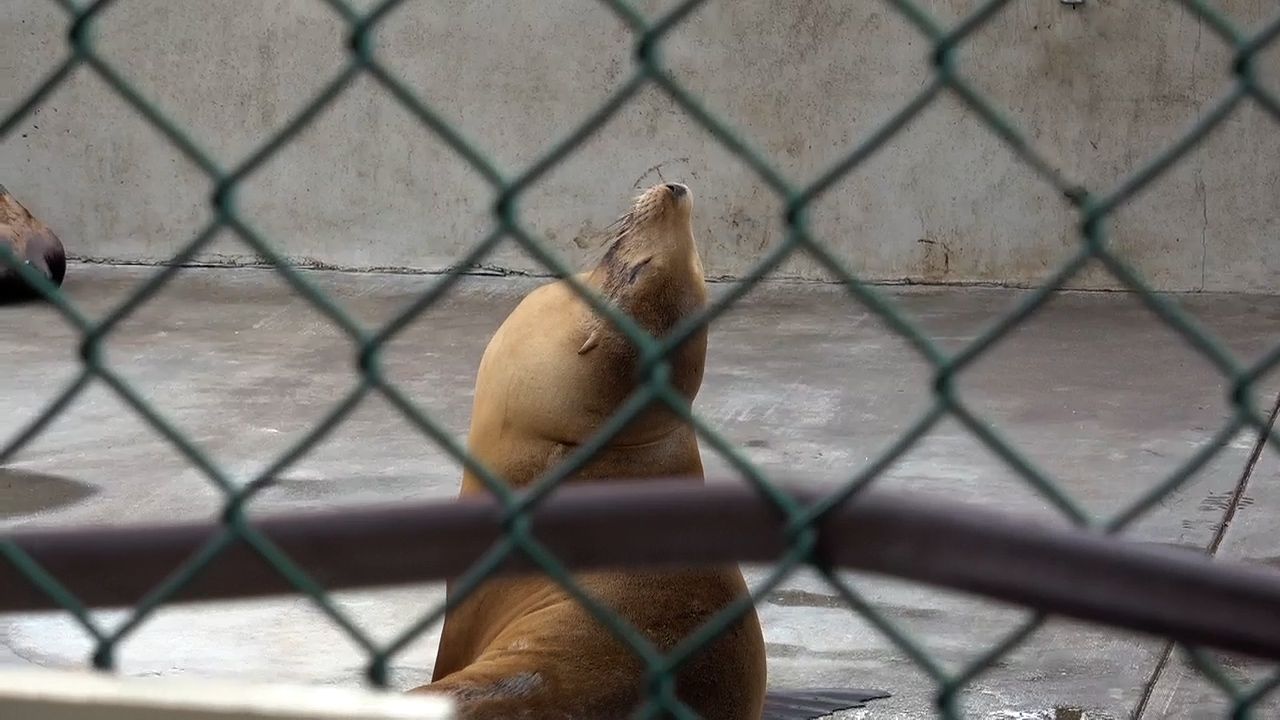SAN DIEGO — It takes a lot of creativity to make sure the Mexican gray wolves living at the California Wolf Center are the happiest they can be.
What You Need To Know
- The California Wolf Center and other conservation partners around the U.S. and Mexico are celebrating a huge milestone for this species
- Theresa Kosen is the executive director at the California Wolf Center and says they have been part of the Mexican gray wolf Species Survival Plan for decades
- The captive breeding program aims to increase the genetic diversity of Mexican gray wolves for reintroduction to the wild
- For the first time since endangered Mexican gray wolves were reintroduced to the southwestern U.S. nearly 25 years ago, their population has surpassed 200
Ciera MacIssac is the wolf care and reintroduction coordinator and says they use different scents, textures and ways to deliver food to keep their minds active, such as freezing meat into ice cubes when the weather is warmer for the wolves to pick apart.
The California Wolf Center and other conservation partners around the U.S. and Mexico are celebrating a huge milestone for this species.
For the first time since endangered Mexican gray wolves were reintroduced to the southwestern U.S. nearly 25 years ago, their population has surpassed 200, with at least 241 wolves documented in 2022, according to an annual survey released by the U.S. Fish and Wildlife Service.
MacIssac says it is an amazing comeback after they were nearly hunted to extinction.
“It was incredible. Just reading it, I thought I was reading numbers wrong and backwards,” she laughed. “Just changing hearts and minds and showing that this animal is not really something that we need to fear.”
MacIssac says wolves are incredibly important to their ecosystems; they help keep everything in balance as a keystone species and apex predator.
Theresa Kosen is the executive director at the California Wolf Center and says they have been part of the Mexican gray wolf Species Survival Plan for decades.
“The California Wolf Center may be chosen to breed our resident wolves,” Kosen said. “If breeding is successful, some of the wolves born at our facility may be released into the wild populations in New Mexico or Arizona.”
The captive breeding program aims to increase the genetic diversity of Mexican gray wolves for reintroduction to the wild. Kosen says this recent population success is because of many organizations working together.
“Like many other wild animal species, wolves are broadly misunderstood,” she said. “They would rather stay away from humans, and are no threat to us. The idea of the big, bad wolf is wrong, and people don’t need to fear this amazing animal.”
The Living Desert Zoo and Gardens also helps protect Mexican gray wolves. Dr. James Danoff-Burg says those 241 wild wolves represent a 23% increase over 2021 numbers, more than doubling the population size since 2017.
“That is a vindication of our work, that is a demonstration that the work that we’ve been doing is the right thing to do,” he said. “It’s also a demonstration that there’s hope. Even when things are down to zero in the wild, we can recover populations, we can recover ecosystems and we can save nature.”
Danoff-Burg believes they would have gone extinct if it weren’t for the Species Survival Plan. A big part of their mission is to educate people on how they can live peacefully with all wildlife.
“One of the best things you can come away with is that this is not the big, bad wolf,” he said. “We need to be able to live harmoniously with our ecosystems and harmoniously with our wildlife.”
MacIsaac calls this a win for conservation and she is confident it will only get better.
“Mindsets are changing and these guys are doing so well,” she said. “It’s a lot of hope for the wolves that hey maybe one day they do get to go out into the wild, or maybe not them but their kids get to go out into the wild and get to be real, true, wild wolves.”
MacIsaac also describes wolves as being incredibly family oriented. She says the parents are very diligent on puppy care and older siblings will also stay behind to “babysit” the new puppies while mom, dad, and the rest of their older siblings go off on a hunt.
The Mexican wolf is the rarest subspecies of the gray wolf in North America.
According to the U.S. Fish and Wildlife Service, there are approximately 380 Mexican wolves in over 60 facilities throughout the United States and Mexico through the Mexican Wolf Species Survival Plan.











